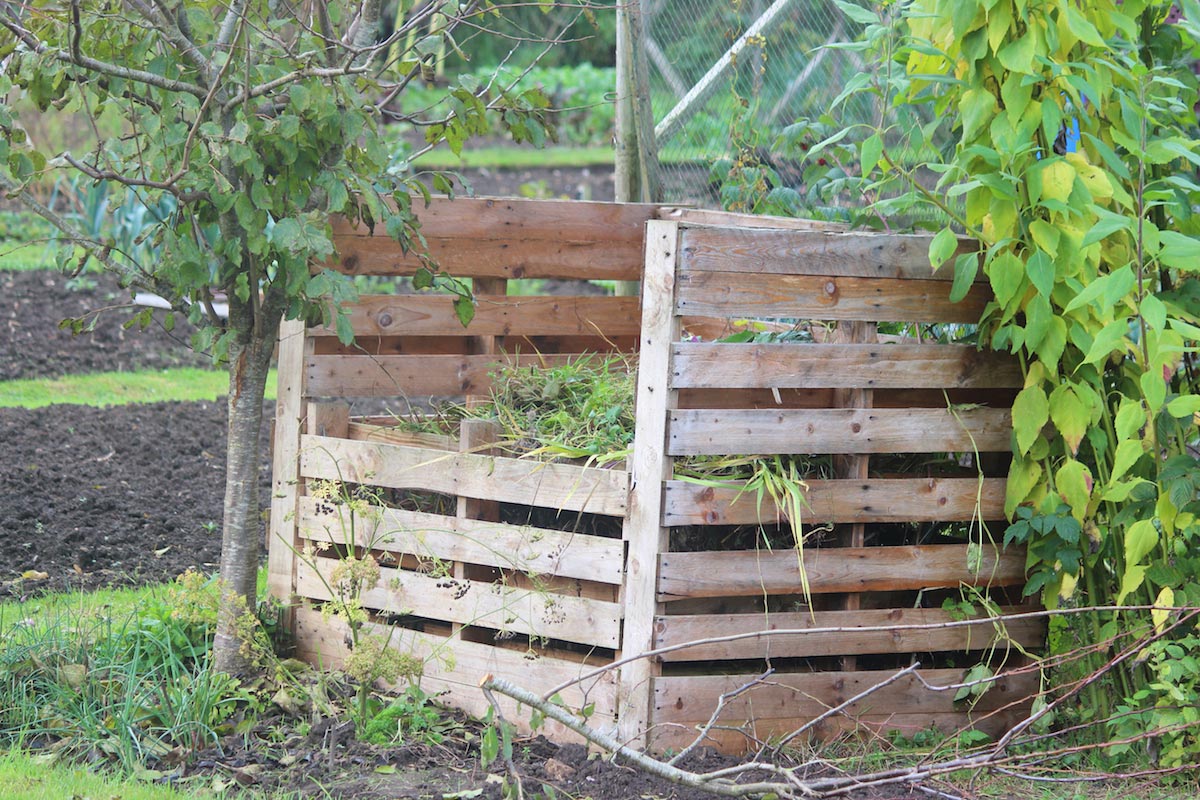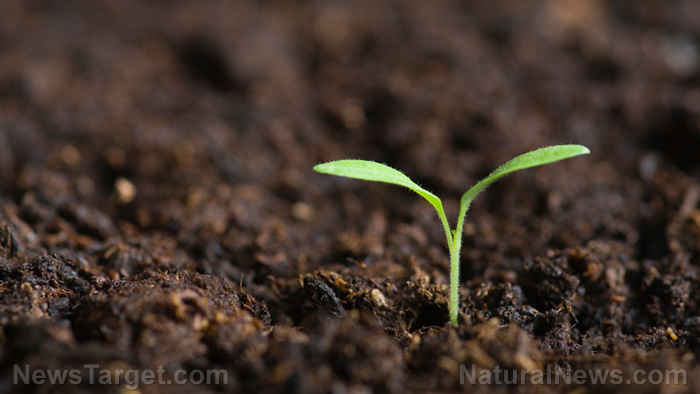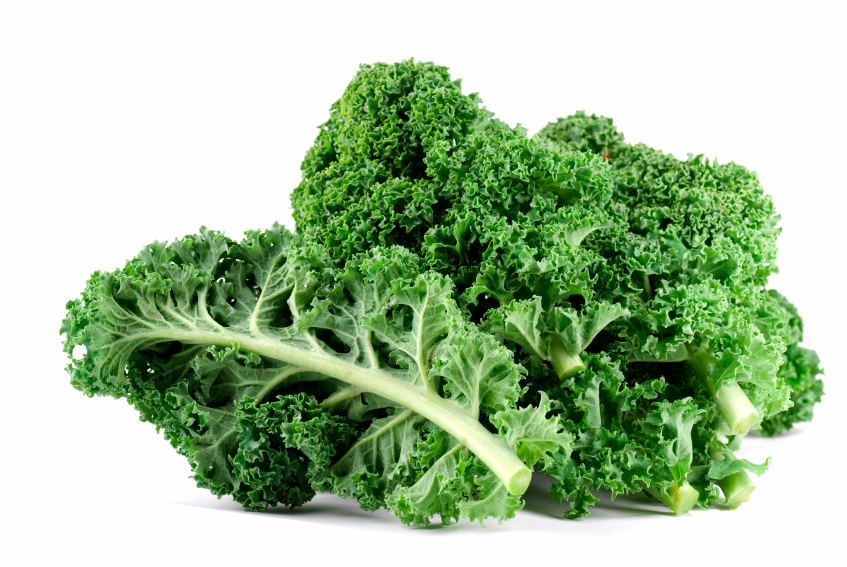Sulfate can help make plants drought-resistant, study says
03/28/2019 / By Edsel Cook

In order to survive deadly droughts, plants rely on the protective effects of sulfate. A recently completed study explained that the mineral regulates the release of a beneficial hormone that helps a plant cope with the severe stress of drought.
Sulfate is a salt derived from sulfuric acid. Naturally present in groundwater, it is absorbed by plants through their roots, which quest underground for water. Sulfate acquired this way serves as a source of organic sulfur that is used in many plant processes.
German researchers at Heidelberg University (Heidelberg) spearheaded an international effort to determine the means by which sulfate affects a plant’s resistance to drought. They knew that the mineral was in charge of releasing abscisic acid (ABA), a stress hormone that is triggered during times of water scarcity.
ABA travels from the roots of the plant to the leaves. It signals the leaves to adopt measures that reduced the amount of water lost.
At the end of the study, the Heidelberg-led research team learned more about the way plants resist the harsh effects of droughts. They believe their findings could help protect food crops from sudden water scarcity. (Related: Conserve water while gardening using these incredible tips and tricks.)
Stomata, the gateway between plant leaves and the world
The epidermis of plant leaves have small pores called stomata. These structures allow carbon dioxide from the atmosphere to enter the leaves for conversion into food through photosynthesis.
During the photosynthetic process, the open pores draw a lot of water from the rest of the plant. This dehydrating effect also happens during periods of intense sunlight.
Normally, the roots of the plant can reverse this water loss by drawing fresh supplies from local groundwater. However, if the region did not receive enough rain, the ground will be drier and have less water for the roots. If a plant is deprived of fresh water, it would eventually weaken, wither, and then die.
In order to manage the amount of water it lost through the stomata, the plant could increase or decrease the size of the opening by activating guard cells around the border of the pore. This process is controlled by the stress hormone ABA.
Sulfate stops water loss by getting the stomata to close up
Back in 2017, Heidelberg researchers Markus Wirtz and Rüdiger Hell found that sulfate accumulates inside the xylem, one of the pathways responsible for hauling water through the plant. Furthermore, this accumulation only happened when the soil was starting to get parched.
Wirtz and Hell followed up on those earlier findings. In their new report, they discovered that sulfate is a vital part of the signaling process that ensures the plant retains sufficient water during droughts.
They applied the mineral to the leaves and peeled epidermis of poplars. They found that the treated stomata closed up, thereby preventing water from escaping that way.
“Even we were surprised how efficiently sulfate triggers the synthesis of ABA and thus controls closure of the pores,” noted Hell in a press release.
When sulfate levels build up, the plant prepares for drought
Sulfate increased the expression of NCED3 in the guard cells that controlled the opening of the stomata. In turn, NCED3 improved the production of ABA, which triggered the guard cells to close the pore.
The Heidelberg-led study concluded that sulfate in the xylem served as a chemical signal of drought. In addition to spurring ABA production, it also used a sulfate-channel function mutant called Atalmt12 to trigger stomatal closure.
“To be able to cultivate food crops that are more resilient during periods of water scarcity and drought, we need to understand how environmental factors regulate the formation of the hormone ABA,” said Wirtz.
Sources include:
Tagged Under: droughts, Ecology, environment, groundwater depletion, photosynthesis, Plants, stress hormones, sulfate, water scarcity



















